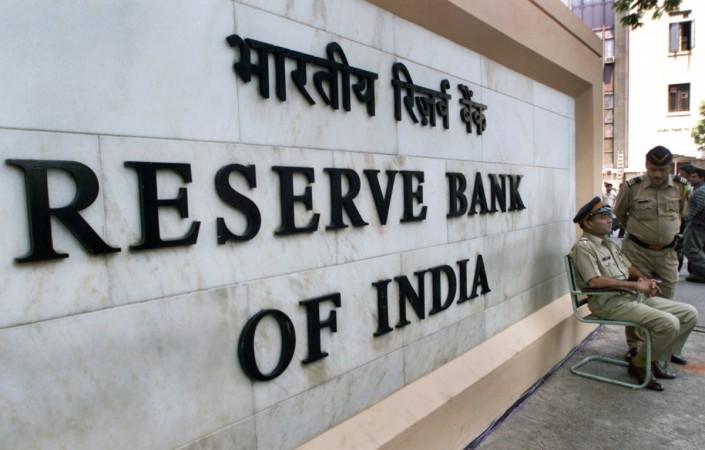
The Reserve Bank of India (RBI) left the repo rate unchanged at 6.50 percent; the cash reserve ratio was retained at 4 percent.
In the third bi-monthly monetary policy statement released on Tuesday (Aug. 9), the RBI governor said that the inflation scenario is quite uncertain, given the divergent trends. The decision to keep the rates unchanged and Rajan's assessment of the FY17 GDP growth projection were on expected lines.
Here are some of the responses by India Inc.:
Arundhati Bhattacharya, Chairman, SBI
"The RBI decision to maintain status-quo was as per market expectations. The decision to frontload liquidity provisions through an announcement of OMO is a well thought out move as capital flows have been relatively slow this year given the global uncertainties, resulting in lower net foreign exchange acquisition. We believe transmission of rates will happen gradually over the next few months as credit growth picks up pace."
Chanda Kochhar, MD and CEO, ICICI Bank
"The decision to keep the policy rate unchanged is in line with market expectations. The articulation of a continued accommodative policy stance is welcome. As stated in its April policy, the RBI has ensured adequate liquidity and brought the liquidity balance closer to neutrality, which is indeed commendable. The favourable monsoons and the momentum in policy reforms like the Goods & Services Tax augur well for the economy going forward."
VS Parthasarathy, Group Chief Financial Officer, Mahindra Group
"Rajan's statement in his first Policy back in September 2013 still resonates. At that time he said 'let us remember that the postponement of tapering is only that, a postponement. We must use this time to create a bullet proof national balance sheet and growth agenda, which creates confidence in citizens and investors alike.'"
Lakshmi Iyer, Chief Investment Officer (Debt) & Head Products, Kotak Mutual Fund
"RBI monetary policy was a non-event and as such was on expected lines. Having said that RBI continues to emphasise on rate transmission within the banking system and has suggested proactive frontloading of open market operations (OMO) to ensure that liquidity in the banks is not strained on account of FCNRB redemptions. This would ensure that deposit rates do not come under pressure during the redemption period and the gradual rate transmission continues unabated. We continue to believe that there is scope for additional rate cut of 25-50 bps in the current fiscal and RBI would be flexible in its approach to deliver the same."
Rana Kapoor, MD & CEO, YES Bank
"In the coming months, the disinflationary impact will be upheld by a favourable monsoon and structural policy reforms instituted by the government. Hence, notwithstanding the current pause, this will engender 50-100 bps space for incremental monetary easing before end of FY17."
Sunil Kumar Sinha, Principal Economist, India Ratings & Research
Overall RBI's assessment is guided by the trajectory inflation may take in the near term, given the stickiness in the food and services inflation. The implementation of the 7th central pay commission (CPC) award is expected to have a direct impact on the house rent component of CPI. Thus Ind-Ra believes, risks to the inflation outlook seem to be tilted to the upside and a status quo on policy rates has been the correct stance."
Murthy Nagarajan, Head-Fixed Income, Quantum AMC
"RBI is rightly focusing on providing excess liquidity to the banking system and thus despite no rate cuts , the excess liquidity situation will help markets yields and lending rates to continue to fall in the coming months. The bond markets will be comforted by the announcement of OMOs (bond purchases) and RBIs commitment to provide liquidity which will result in further fall in bond yields. And will now await the announcement of the new governor to determine the future trajectory of monetary policy and interest rates."
Thomas George Muthoot, Director, Muthoot Fincorp Ltd.
"While the policy move is on expected lines, the RBI stance is more accommodative than in the past. The move to revamp and simplify the KYC norms is a very big step and will help widen the financial inclusion drive. Similar is the plan to revamp the marginal cost of lending rate (MCLR) norms as that will fasten the monetary policy transmission. The continuing commitment to ensure liquidity will help non banking lenders in particular and the system in general."








